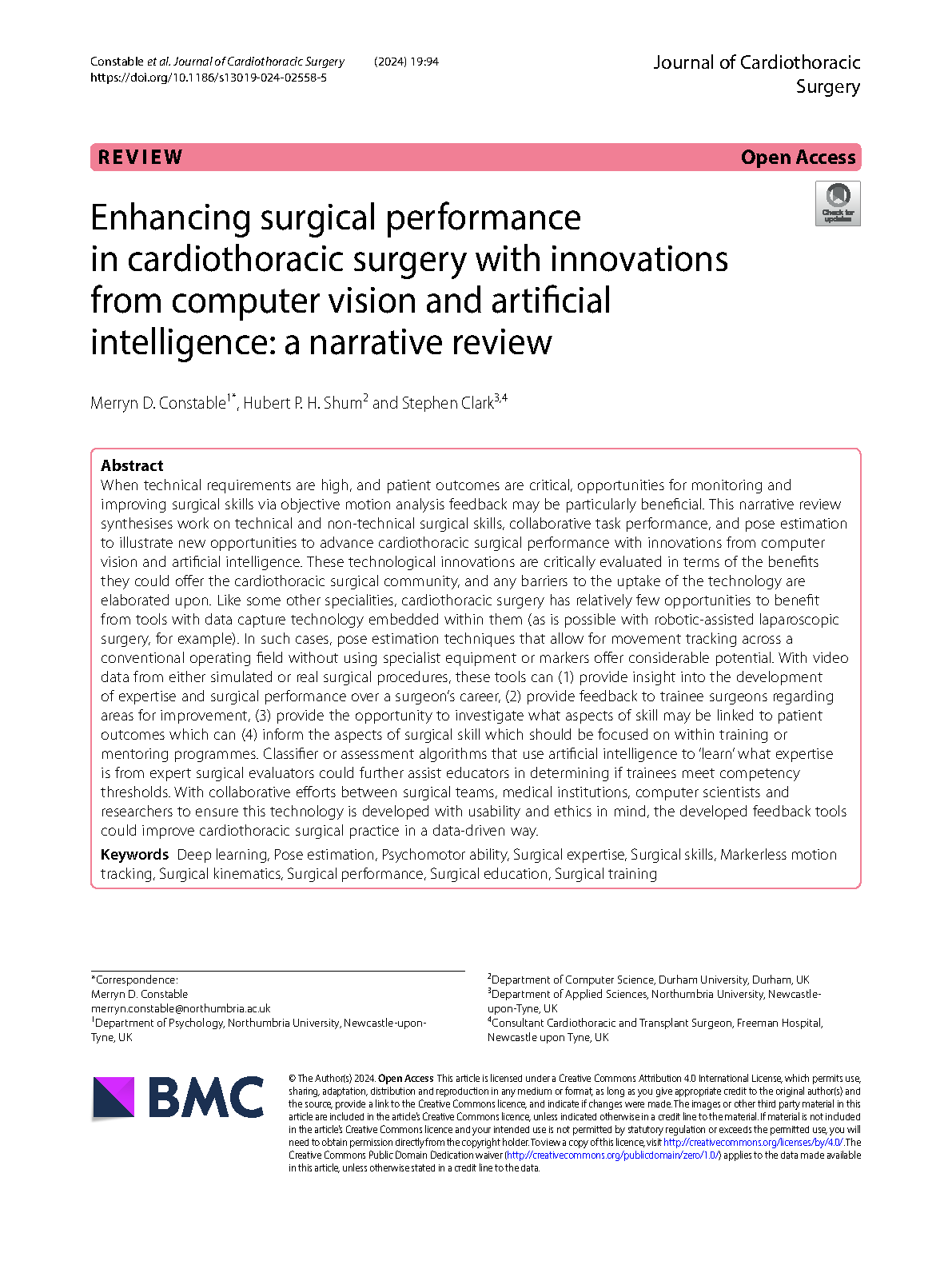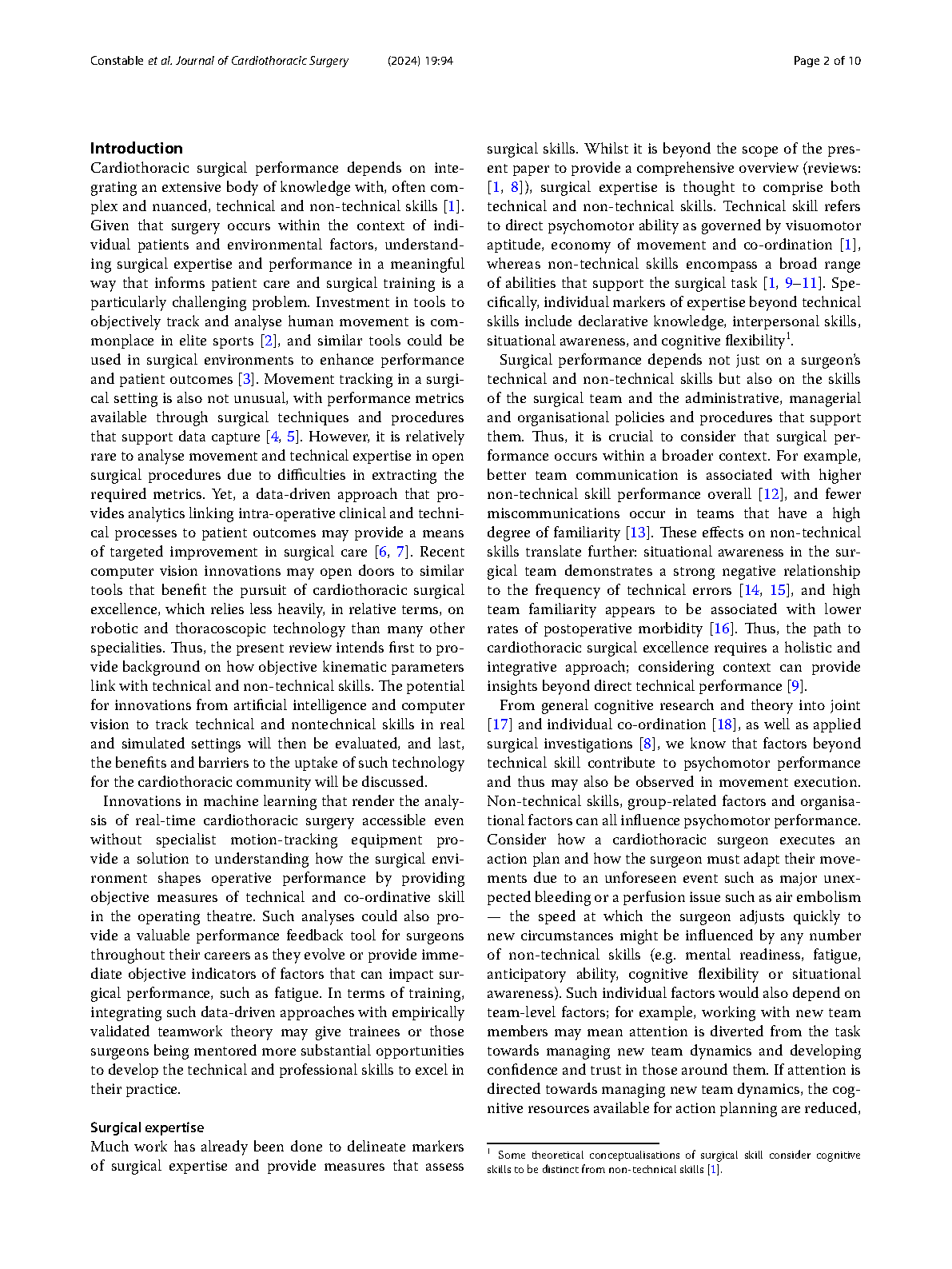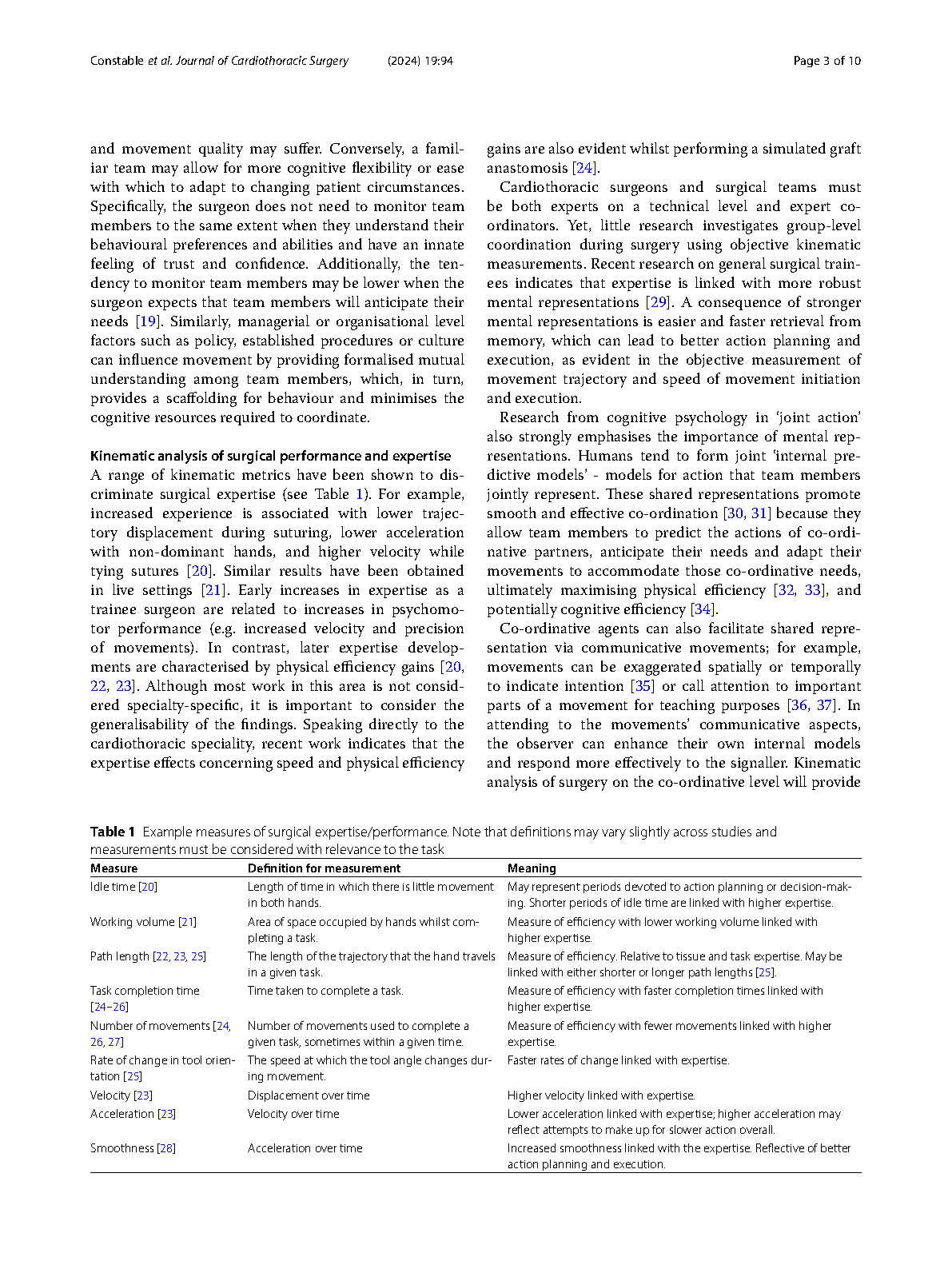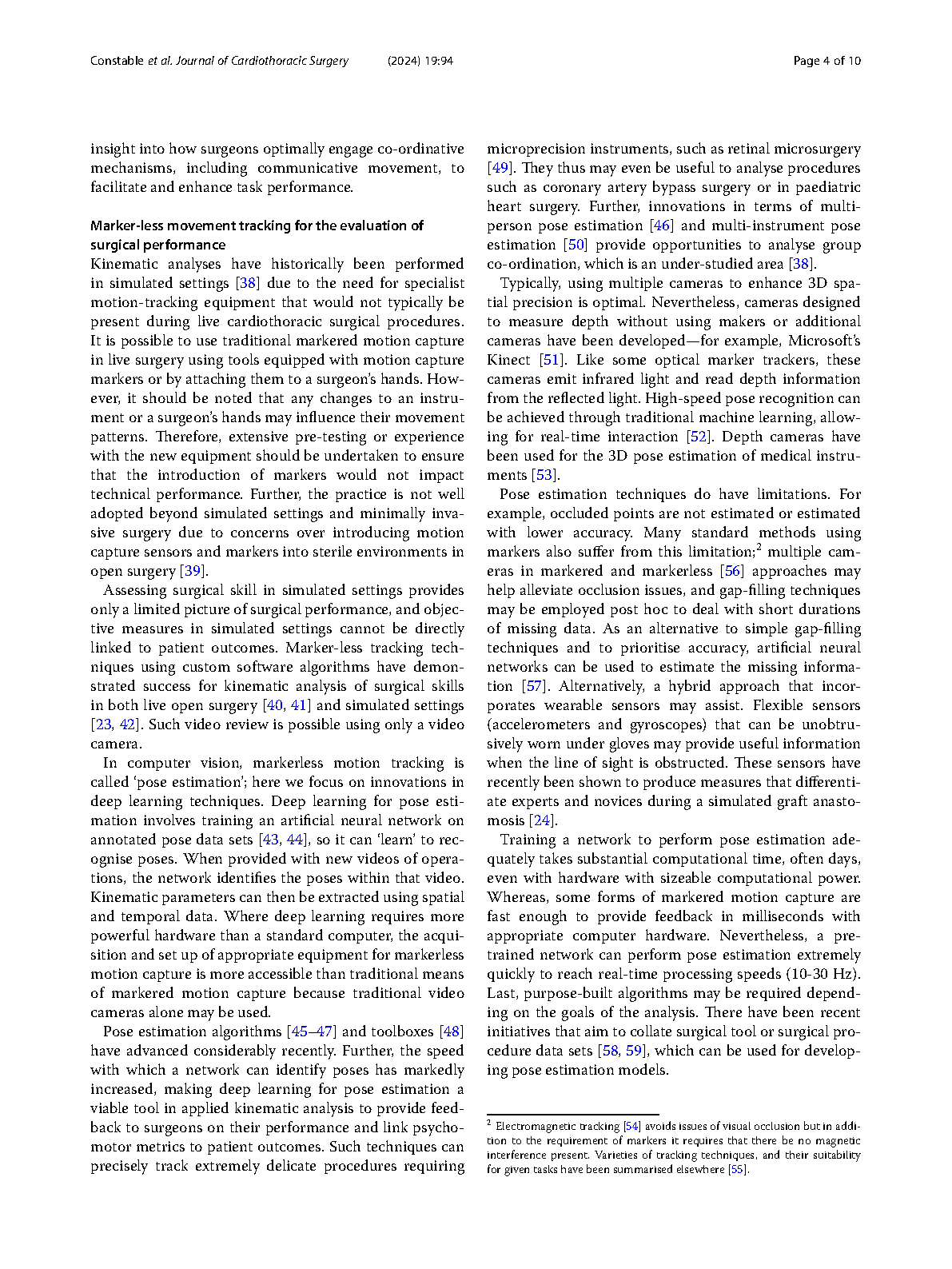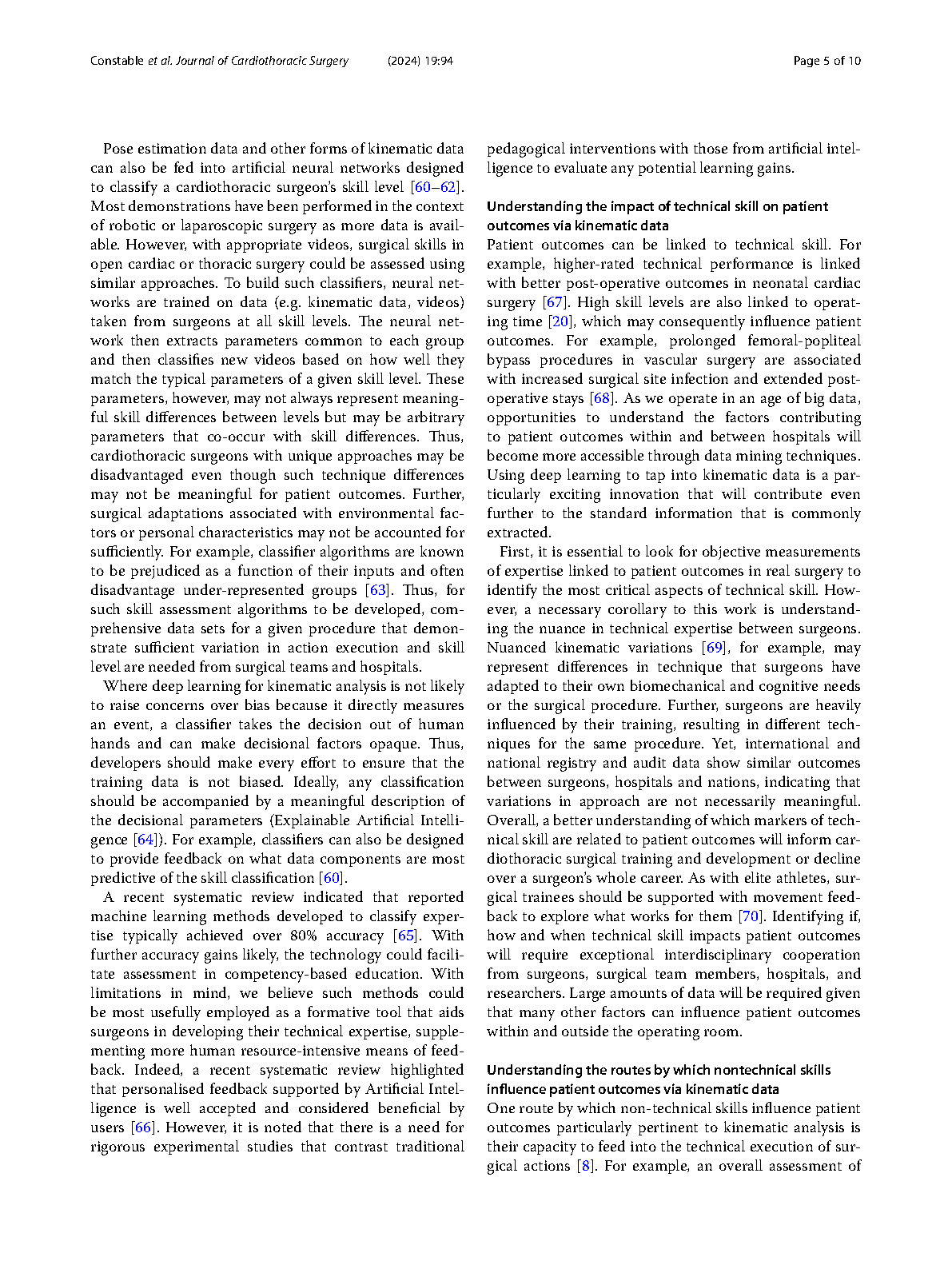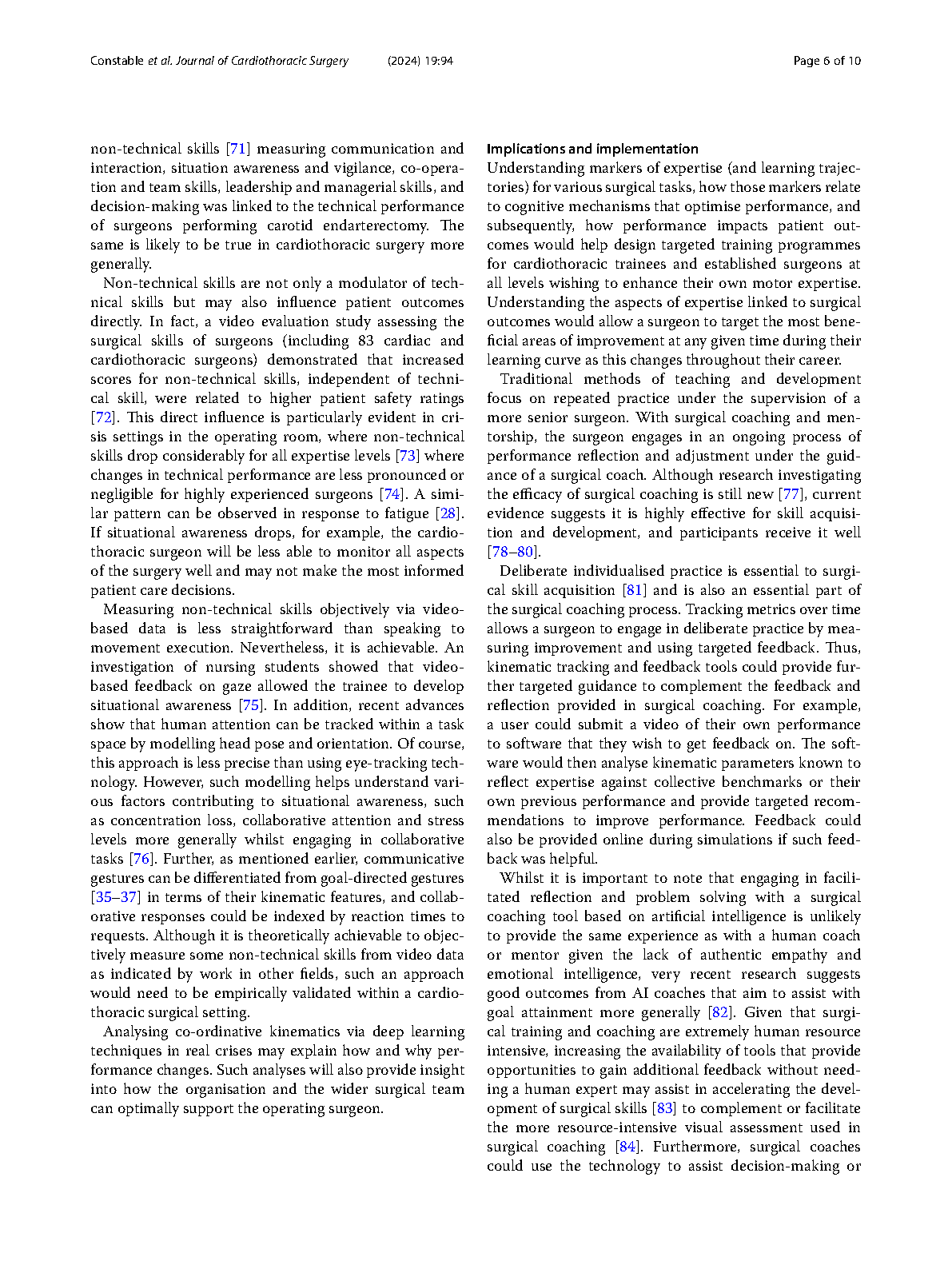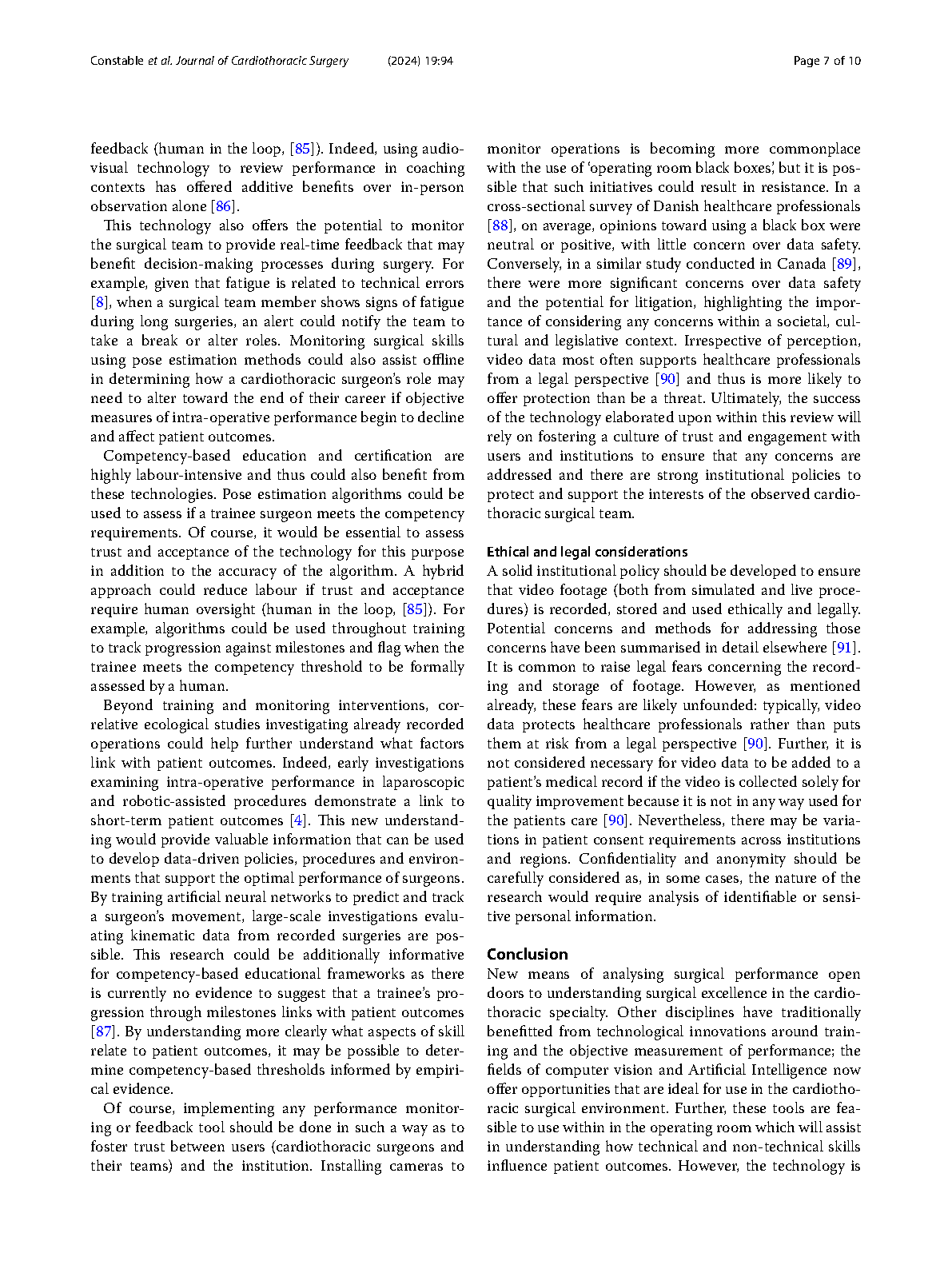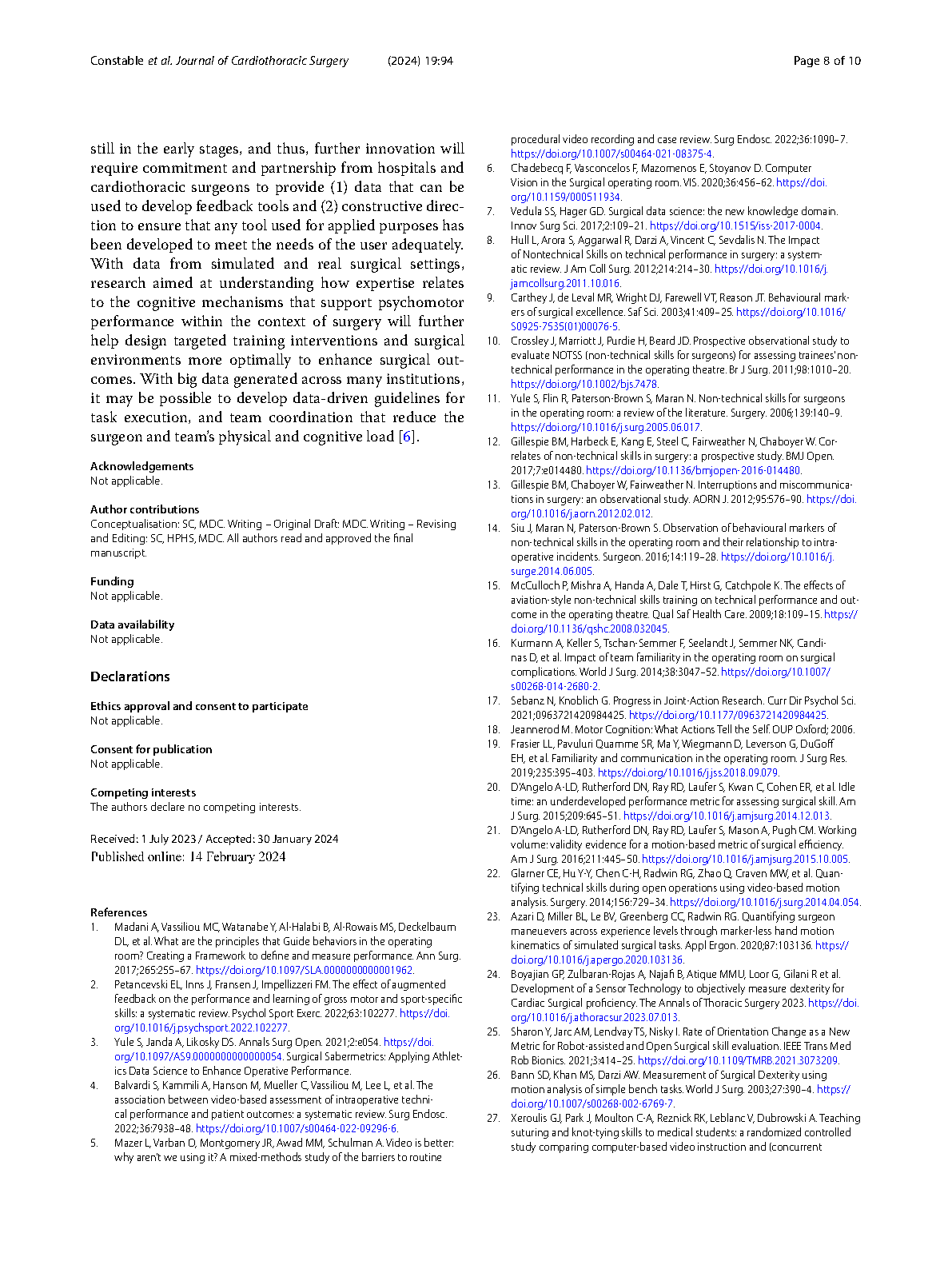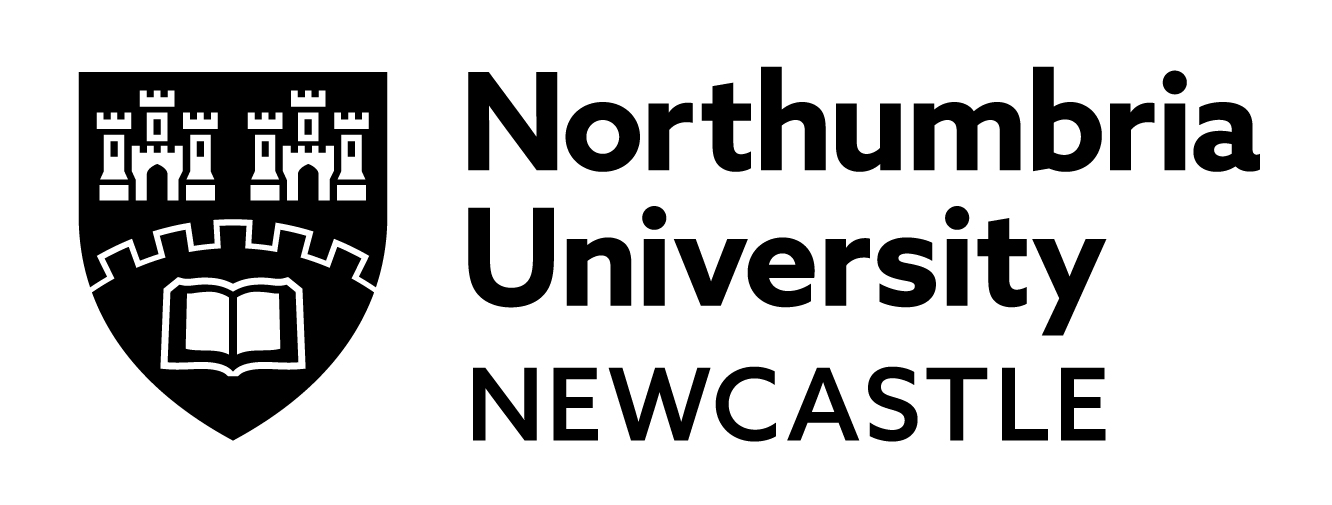Enhancing Surgical Performance in Cardiothoracic Surgery with Innovations from Computer Vision and Artificial Intelligence: A Narrative Review
Merryn D. Constable, Hubert P. H. Shum and Stephen Clark
Journal of Cardiothoracic Surgery (JCS), 2024
Impact Factor: 1.5†

Abstract
When technical requirements are high, and patient outcomes are critical, opportunities for monitoring and improving surgical skills via objective motion analysis feedback may be particularly beneficial. This narrative review synthesises work on technical and non-technical surgical skills, collaborative task performance, and pose estimation to illustrate new opportunities to advance cardiothoracic surgical performance with innovations from computer vision and artificial intelligence. These technological innovations are critically evaluated in terms of the benefits they could offer the cardiothoracic surgical community, and any barriers to the uptake of the technology are elaborated upon. Like some other specialities, cardiothoracic surgery has relatively few opportunities to benefit from tools with data capture technology embedded within them (as with robotic-assisted laparoscopic surgery, for example). In such cases, pose estimation techniques that allow for movement tracking across a conventional operating field without using specialist equipment or markers offer considerable potential. With video data from either simulated or real surgical procedures, these tools can (1) provide insight into the development of expertise and surgical performance over a surgeon’s career, (2) provide feedback to trainee surgeons regarding areas for improvement, (3) provide the opportunity to investigate what aspects of skill may be linked to patient outcomes which can (4) inform the aspects of surgical skill which should be focused on within training or mentoring programmes. Classifier or assessment algorithms that use artificial intelligence to ‘learn’ what expertise is from expert surgical evaluators could further assist educators in determining if trainees meet competency thresholds. With collaborative efforts between surgical teams, medical institutions, computer scientists and researchers to ensure this technology is developed with usability and ethics in mind, the developed feedback tools could improve cardiothoracic surgical practice in a data-driven way.
Downloads
Citations
Supporting Grants
Northumbria University Application Seed Funding Scheme: £16,428, Co-Applicant (PI: Dr Merryn D. Constable)
Received from Northumbria University, UK, 2022-2022
Project Page
Similar Research
